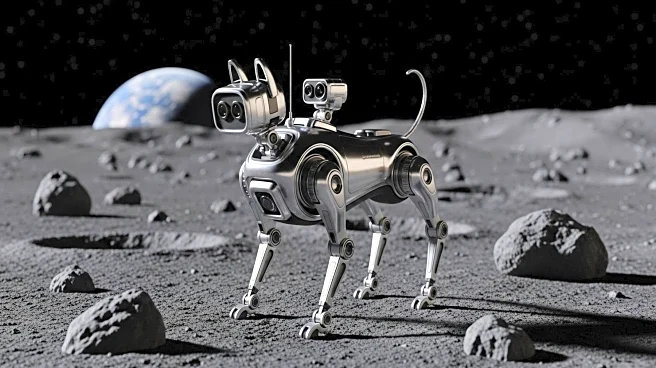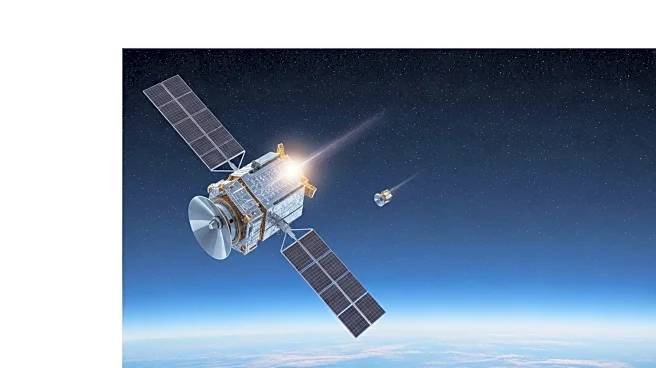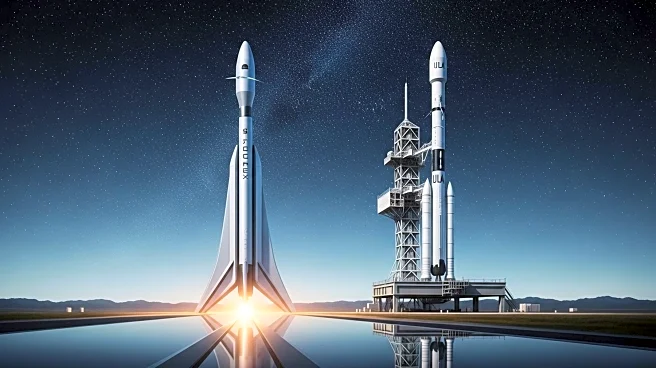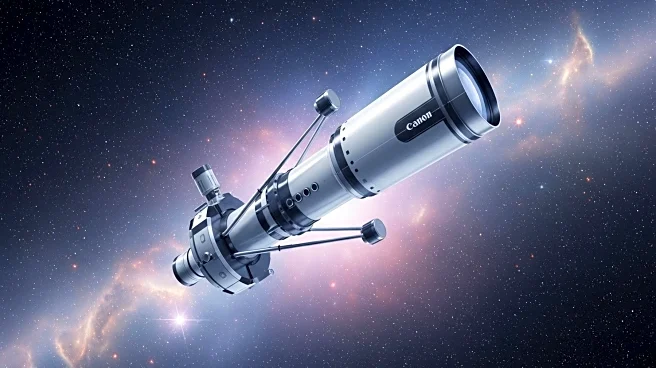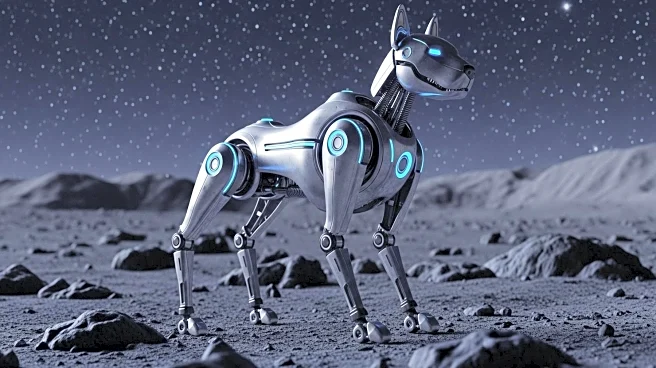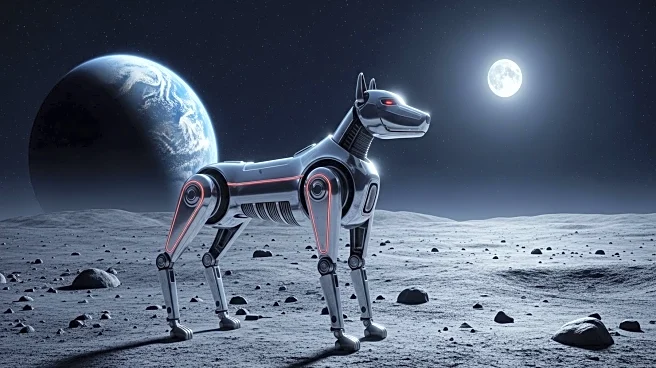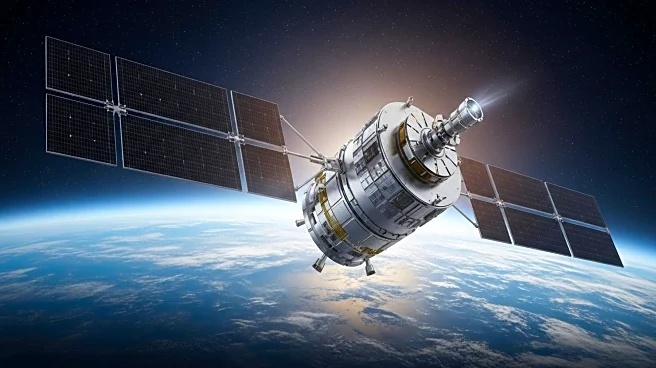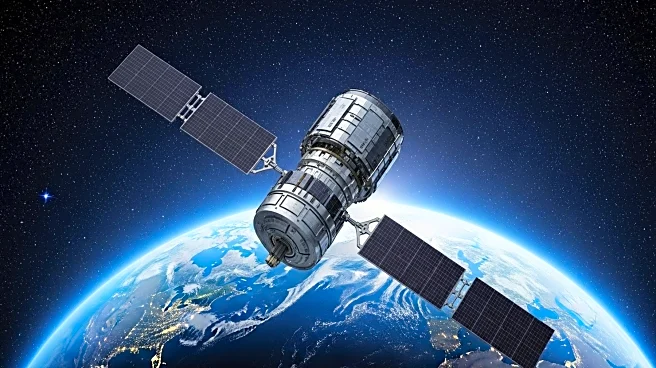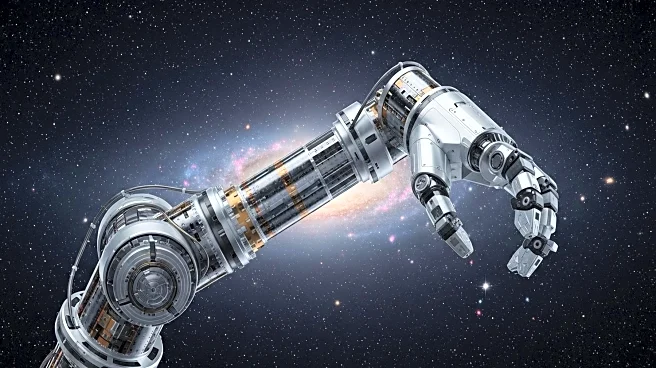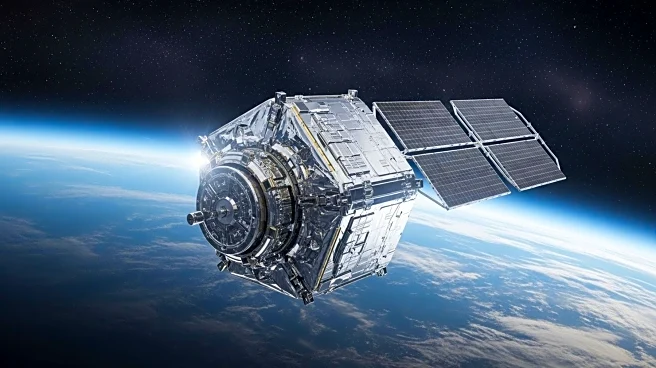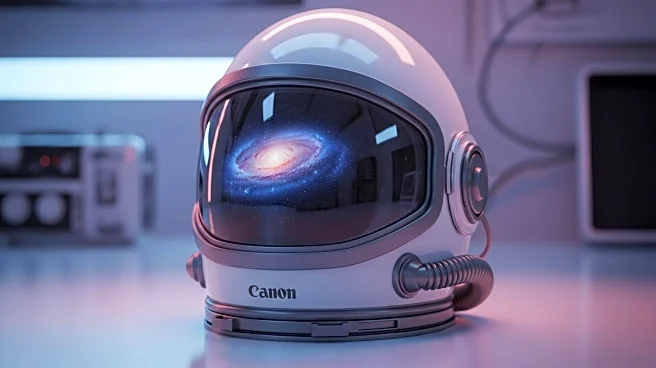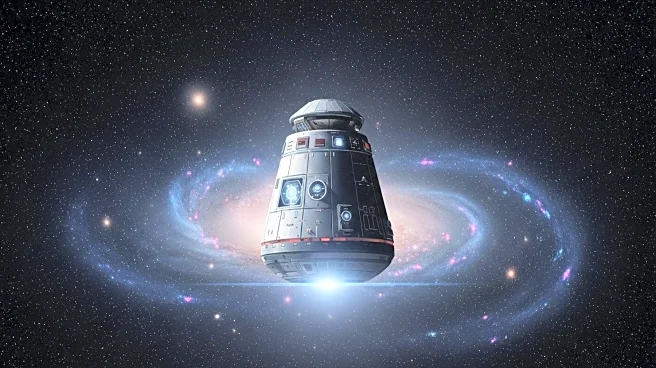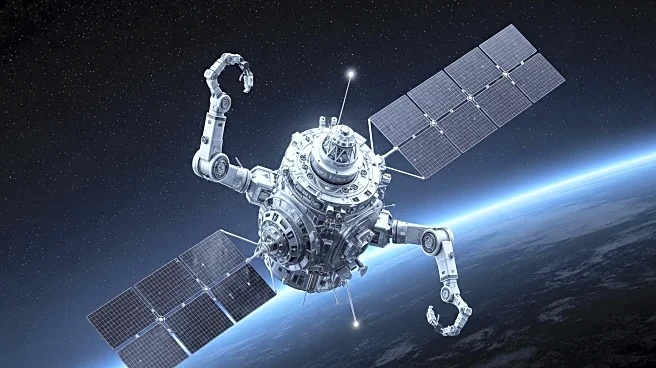What is the story about?
What's Happening?
Chinese researchers from Peking University are developing robotic dogs designed to explore the moon's lava tubes, which could serve as potential sites for future lunar bases. These robots are equipped with autonomous navigation and obstacle avoidance technologies, allowing them to operate independently in challenging environments. Testing is underway in a cave near Jingbo Lake, China, which mimics lunar terrain. This initiative highlights advancements in robotics and AI, aiming to enhance space exploration capabilities and identify viable locations for human habitation on the moon.
Why It's Important?
The exploration of lunar lava tubes is crucial for future space missions, as these structures offer natural protection from harsh lunar conditions, such as radiation and micrometeorites. The development of robotic technology for this purpose represents a significant step forward in autonomous exploration, reducing risks associated with human space travel. This project underscores the growing role of AI and robotics in space exploration, potentially leading to more efficient and safer missions. The success of these robotic dogs could pave the way for similar technologies in exploring other celestial bodies.
What's Next?
Further testing and refinement of the robotic dogs are expected as researchers continue to evaluate their performance in geosimilar environments. The insights gained from these trials will inform future lunar missions and the establishment of sustainable human presence on the moon. As the international space community focuses on returning to the moon, technologies like these will be integral to mission planning and execution. Continued collaboration between robotics and space exploration experts may lead to innovations that benefit both fields.
Beyond the Headlines
The use of robotic dogs for lunar exploration raises questions about the future of human involvement in space missions. As autonomous technologies advance, the balance between human and robotic exploration may shift, impacting the design and execution of future missions. Additionally, this initiative highlights the potential for interdisciplinary collaboration, combining expertise from robotics, AI, and space exploration to achieve common goals.
AI Generated Content
Do you find this article useful?
